What is Oxford Fabric
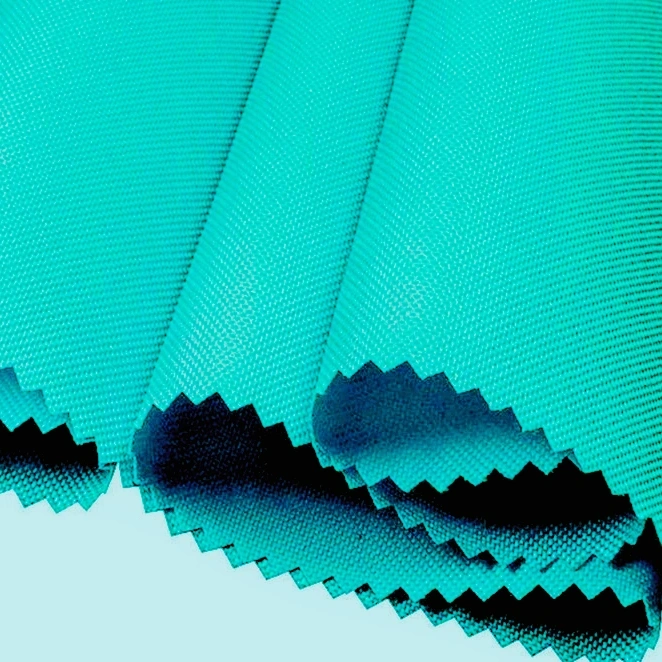
Oxford Fabric, a woven textile, is renowned for its basketweave pattern. Usually made of cotton or blends, it’s durable, breathable, and has a textured look. It’s widely used in fashion for shirts, accessories, and also in outdoor gear. Its unique structure gives it strength, making it a top choice for various applications.
What is Oxford Fabric Made Of
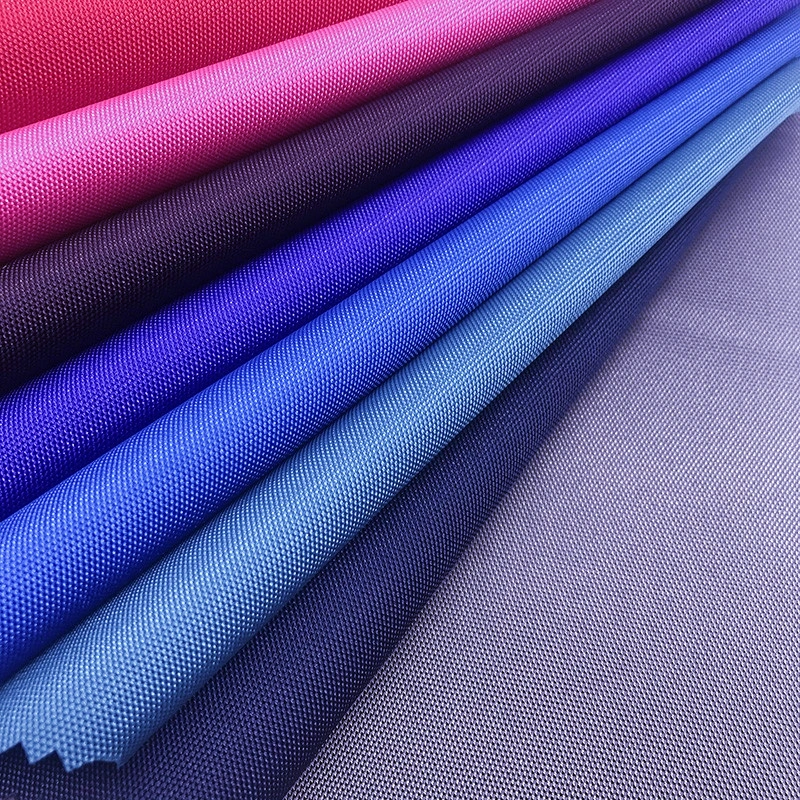
What is Oxford Fabric Made Of?Oxford Fabric is crafted from various materials. Initially made of cotton, it now often includes blends. Cotton provides breathability and softness. Synthetic fibers like polyester or nylon are added for durability, wrinkle-resistance, and water – repellency. Some versions may even contain a touch of elastane for stretch. The material choice impacts its performance and use, from clothing to outdoor gear.
Advantages of Nylon Fabric
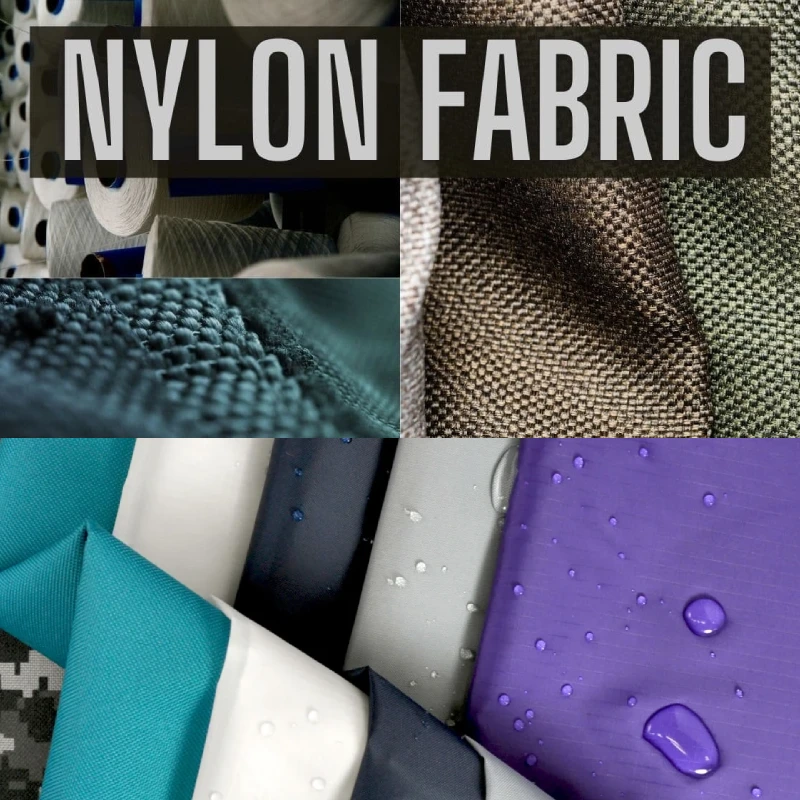
Nylon fabric is strong, lightweight, quick-drying, and resistant to abrasion and wrinkles. It’s ideal for activewear, outerwear, and durable everyday use in various industries.
Interlock Fabric Explained for Beginners
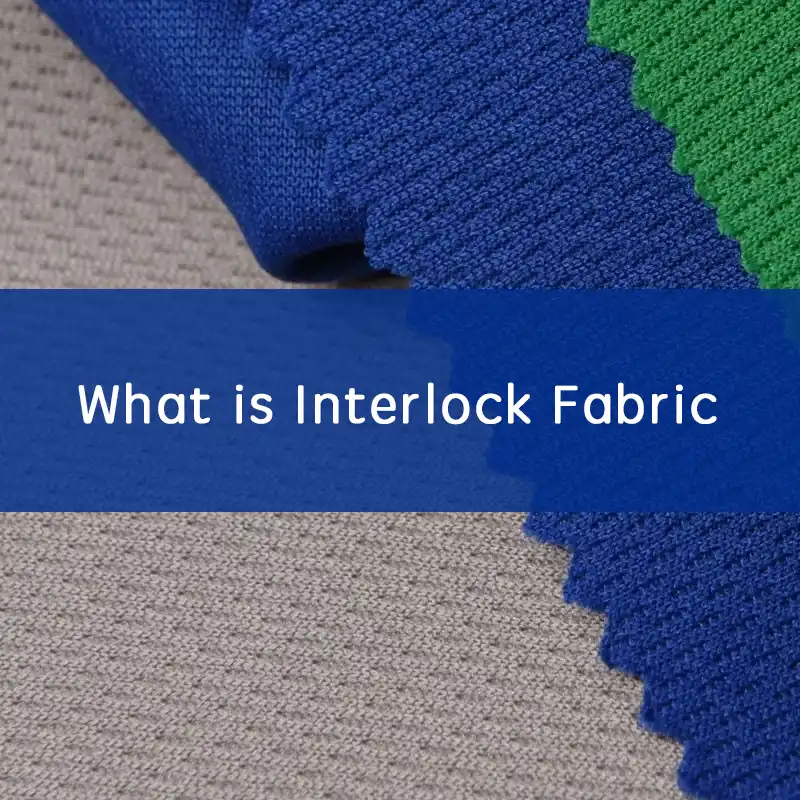
Interlock fabric is a double-knit material. It feels smooth and lasts long. It is thicker than other knit fabrics. This makes it strong and usable on both sides. Interlock fabric works well for clothes and home items.
What is Lace Fabric? Unraveling the Delicate Beauty We Adore
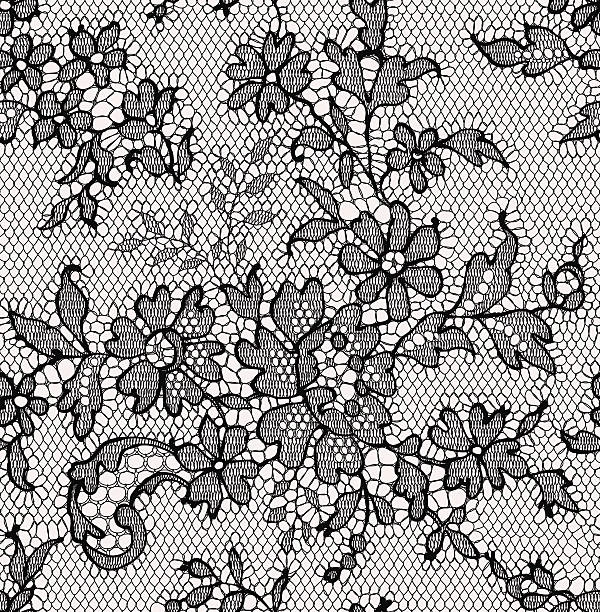
What is Lace Fabric? Renowned for its elegance and sensuality, lace is a staple in fashion, especially for bridal wear, lingerie, and evening gowns. It also adorns home decor items like curtains and tablecloths. With a wide range of types, such as Chantilly lace’s fine floral patterns and Guipure lace’s bold, raised designs, lace continues to be a timeless textile choice.
How to Iron Lace Fabric: A Delicate Touch for Beautiful Results
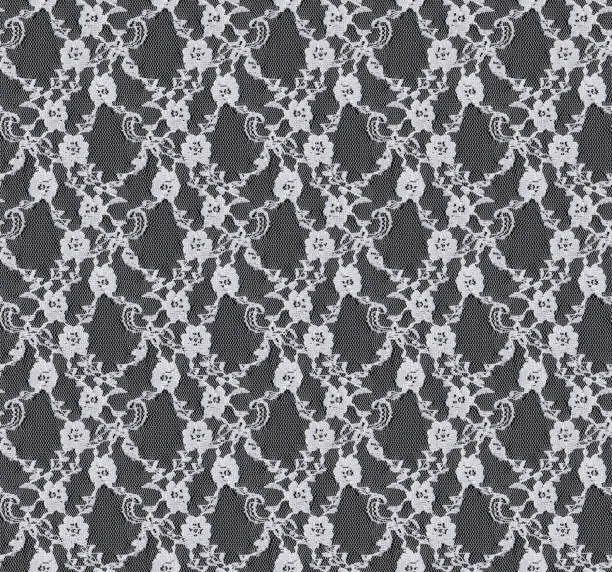
How to Iron Lace Fabric?
Ironing lace fabric demands careful handling to maintain its intricate beauty and delicate structure. First, always check the fabric composition—synthetic laces require low heat, while natural fibers like cotton or silk may need medium settings to avoid damage. To protect the lace’s surface, place a thin cotton cloth or muslin over it before ironing, ensuring no direct contact with the iron that could melt threads or flatten embossing. For optimal results, turn the lace inside out and iron on the reverse side, especially if it features beads, sequins, or raised patterns. When using steam, hold the iron 1–2 inches away from the lace to avoid oversaturating it, and never apply heavy pressure; let the steam and the iron’s weight gently smooth out wrinkles. Finally, lay the lace on a soft, padded surface like a towel or a cushioned ironing board to prevent stretching or distortion. With these steps, even the most delicate lace can be pressed to perfection, preserving its timeless elegance and intricate details.
How to Cut Lace Fabric
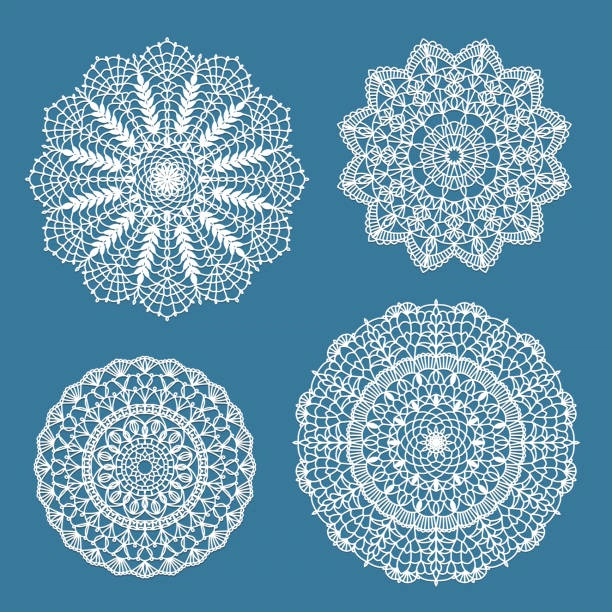
How to Cut Lace Fabric? When cutting, follow the natural lines of the lace patterns. If the design has motifs you want to feature, plan the layout in advance. For symmetrical projects, cut each piece separately to ensure pattern alignment. Secure the lace with fine-tipped pins placed vertically to avoid snagging. If possible, leave a bit of extra fabric around the edges, as some lace frays easily, and you may need to trim it neatly later.
How to Clean Lace Fabric
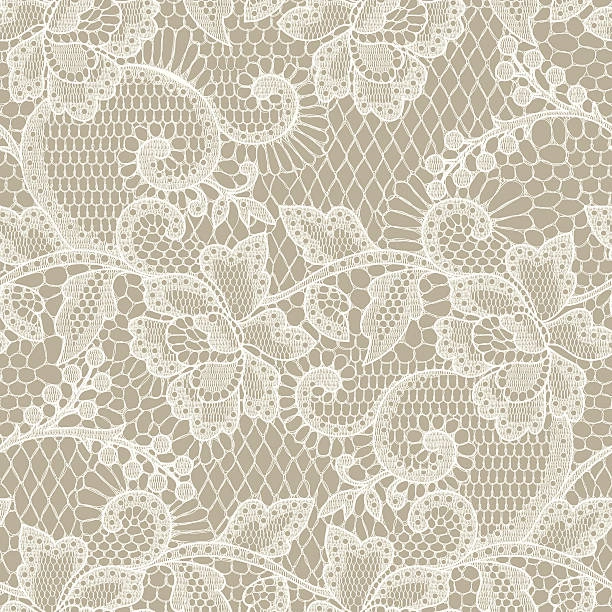
Cleaning lace fabric requires gentle methods to avoid damage. For most laces, hand wash in lukewarm water with a mild detergent, avoiding harsh chemicals. Gently swish the fabric without rubbing, as friction can snag threads. For stubborn stains, spot – treat with a soft brush or cloth.
How to Applique Lace on Fabric
How is Lace Fabric Made
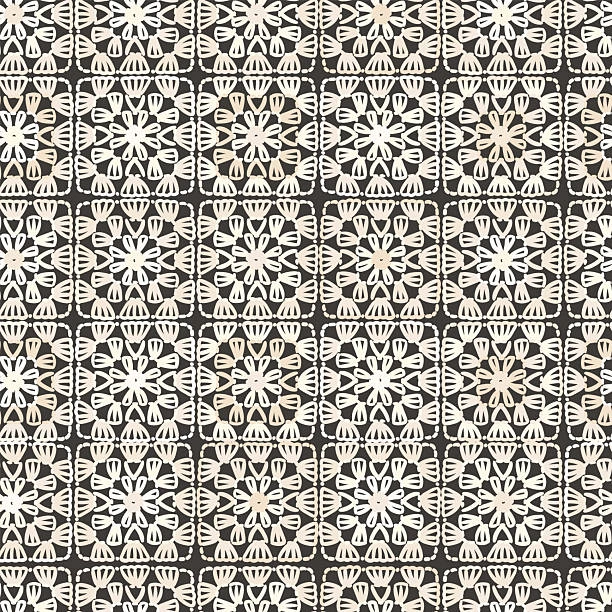
How is Lace Fabric Made?Lace fabric, with its delicate charm, is made in multiple ways. Historically, hand – made techniques like bobbin lace were prevalent. In bobbin lace making, numerous bobbins, each carrying a thread, are manipulated on a padded pillow. Threads cross and twist according to a pattern, held in place by pins. Needle lace is stitched with a needle and fine thread, using stitches like buttonhole and satin to form detailed designs.
